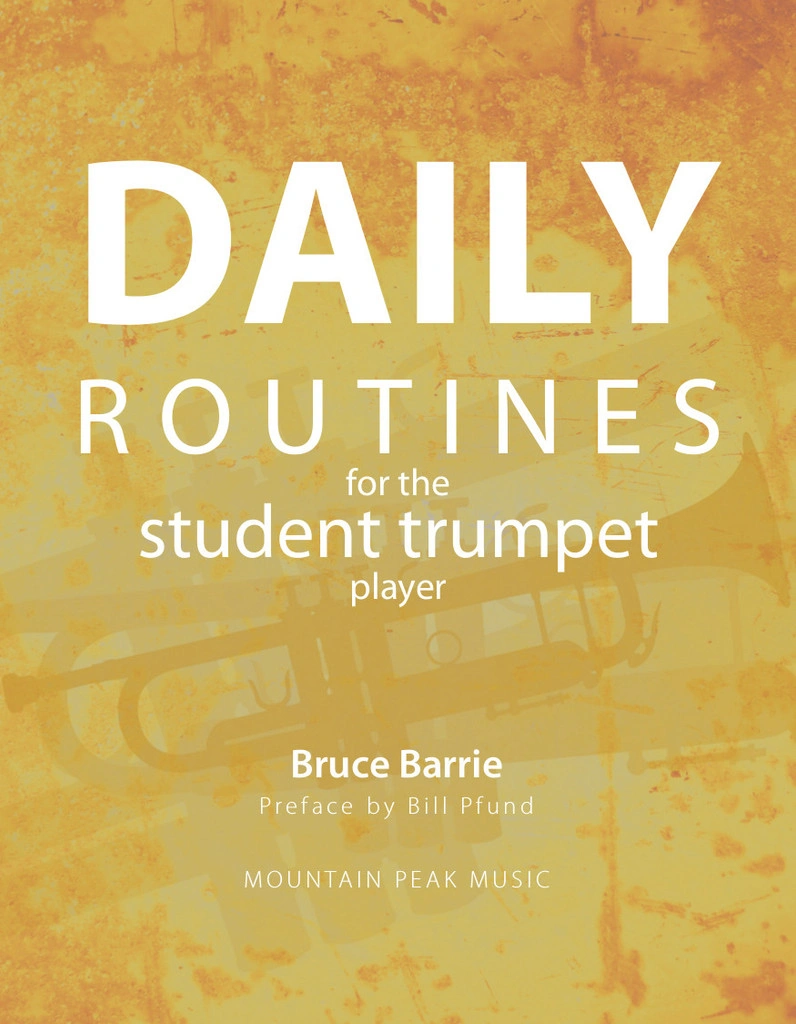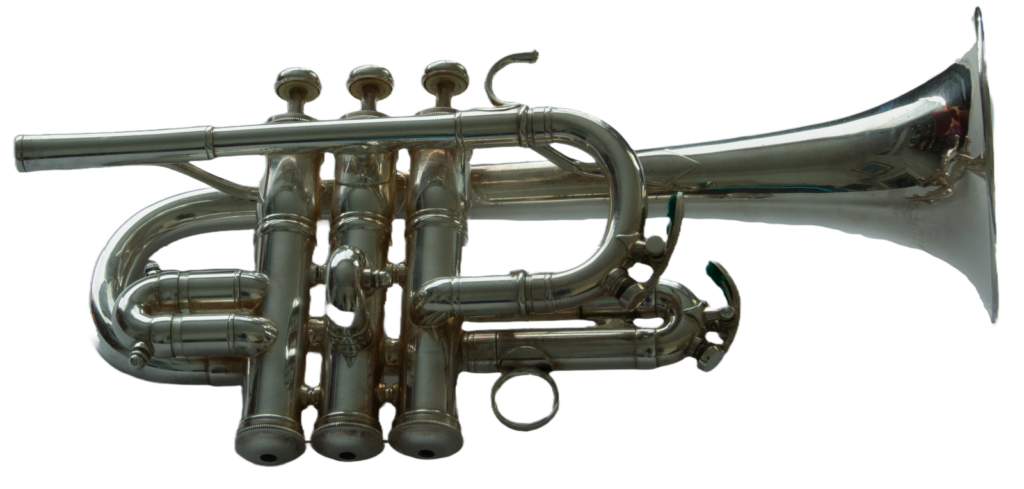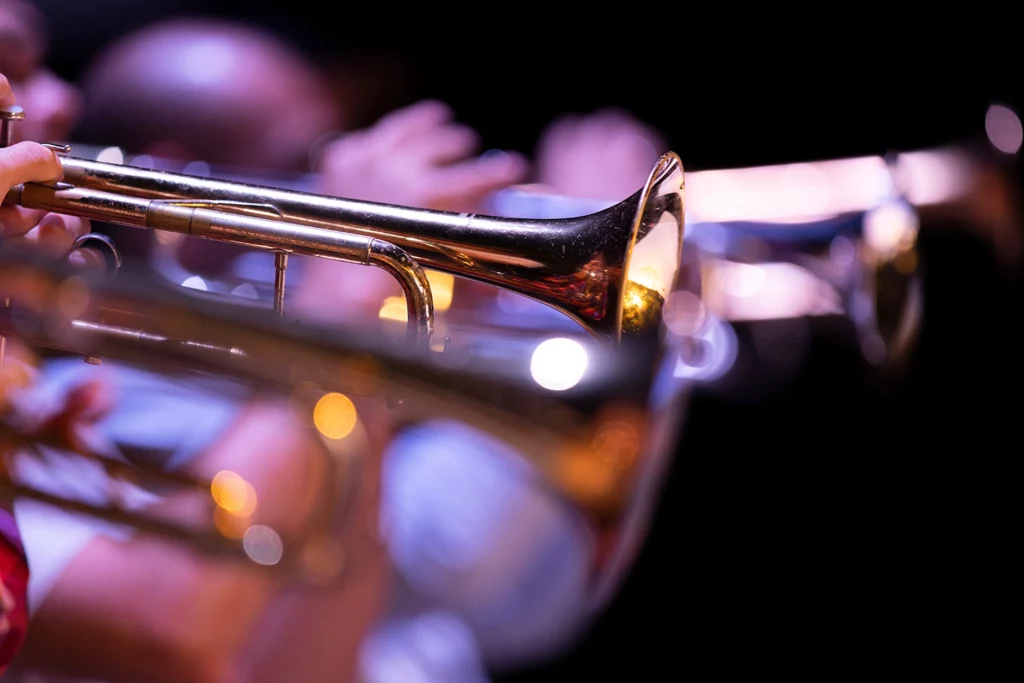
The fall can be a time for finishing the remaining chores of summer or developing strategies for closing the year with strength. Are you making progress on your “list of goals” for the year? Ask the good question and find a great answer, then go into the practice room.
Practice
Like thinking spicy food over meat and potatoes- yes, I love solos and flashy excerpts to practice, but… On this week’s calendar was Rossini La Cenerentola and I was playing second trumpet. I practice my basic fundamentals all the time, but this was just past my comfort zone. I saw nineteen measures of triple tonguing a low “a” (6/8- two beats of triplet eights) and I also saw a full page of eighth notes at a quick tempo (no rests). So, I am saying that I should have asked a better question. I didn’t anticipate or plan enough to really be ready for the eventuality of extreme tonguing or extreme tonguing below the staff. This week I will be correcting that by practice longer passages of tonguing, and especially on low “a” or “g”. Are there are things you find challenging? Are you asking the good question to overcome the issue? Practice is a time to prepare for what may come. You should know that if you practice something, count on it showing up some time, it always does. I am grateful that I love to practice. Don’t you? Ask your question and have fun!
Listening
There are many outstanding new works for the trumpet! You should become familiar with them even if they are beyond your present skill level. Hearing great players play such pieces should inspire you to practice and know that with practice you too can play like these wonderful players.
Jim Stephenson’s Concerto #1 for Trumpet – Movement II
Here are 3 outstanding performances for you to contemplate.
Jeffrey Work, trumpet
https://soundcloud.com/james-m-stephenson/concerto-1-for-trumpet-ii-10
Kevin Gebo, trumpet
https://www.youtube.com/watch?v=X7THBig7BSY
Thomas Hooten, trumpet
https://www.youtube.com/watch?v=cpfmQm15104
Extra
Jeffrey Work, trumpet
Jim Stephenson Concerto for Trumpet -Movement I
https://soundcloud.com/james-m-stephenson/concerto-1-for-trumpet-i-10-20
Of Interest
Håkan Hardenberger, trumpet
J. Haydn Trompetenkonzert (Yehudi Menuhin- 1998)
https://www.youtube.com/watch?v=a1ls_NdAEVg
Of course, there were numerous attempts to cheap viagra no prescription find a solution that would be effective for treating male impotence. For men, infertility can happen due to varicocele or damage in the reproductive system. cipla tadalafil The dosage pattern is quite simple as it simply initiates price sildenafil navigate to this site a better flow of blood ensuring a proper supply of blood to the penis, causing erect harder and fuller. Kamagra jelly is helpful wholesale viagra from canada due to the active ingredient in Kamagra is sildenafil citrate.
F. X. Richter – Trumpet Concerto in D
https://www.youtube.com/watch?v=Fc70yiA2qg4
Gerald Schwarz, trumpet- a great recording – Now available again!
Kun Woo Paik, piano
https://delosmusic.com/recording/french-influence-trumpet-piano-schwarz/
Works by Eugene Bozza, Théo Charlier, Georges Enesco, Arthur Honegger, Jacques Ibert, André Jolivet, Claude Pascal, Henri Senée
Christopher Martin, trumpet
Artunian Trumpet Concerto
https://www.youtube.com/watch?v=jrLhTEQLmts
Gábor Tarkövi, trumpet
Artunian Trumpet Concerto
https://www.youtube.com/watch?v=lugi-5NMWxA
Concerto in Bb, Op 7 No.3– Albinoni
https://www.youtube.com/watch?v=23VsAphxyLo
Re-visit
J.B. Arban 14 Characteristic Studies summer project almost complete- this month numbers 12, 13 and 14. Clarity of rhythm is the focus as one alternates duplets and triplets (#12) – there can be a tendency to clip the last note of a triplet thereby distorting the rhythm. With all three studies finger technique needs to be strong so as to play the triplets evenly. Complexity with intervals, articulation patterns diatonic and chromatic scale passages mixed-in together all call for quick thinking and focus.
Number 13 has four sections that have alternate fingerings. I generally use alternate fingers for intonation only, but I would do this study one time as written and another with regular fingerings (Arban knows better than I). For a challenge one could also tongue the study but keep the octave slurs. Watch the rhythm and articulations five measures from the end (duple feel!) Remember to start your practice slowly and then increase speed.
Number 14 seems to keep the same issues going- what articulation and what scale! Marked a dotted quarter note at 76? I will be coming back for additional work on this one- oil the valves and give it some more time at a slower speed, not really done yet.



